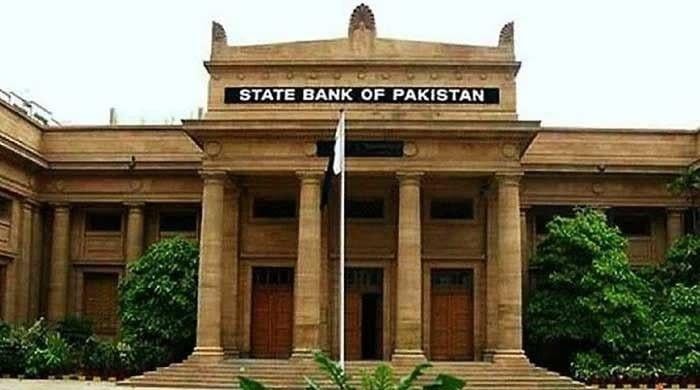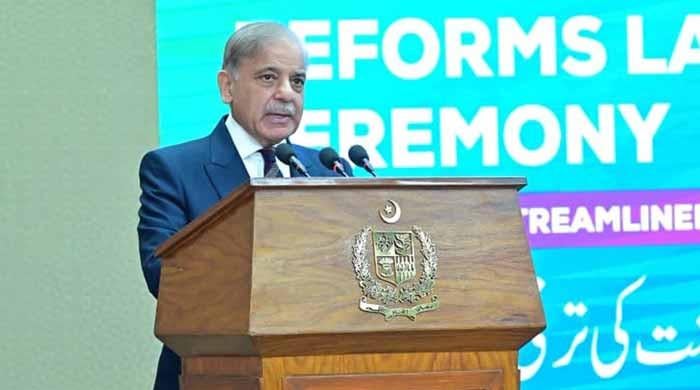Unemployment edges up to 7% in Pakistan, shows data
Top official sources say overall unemployment rate has gone up in accordance with latest Labour Force Survey
November 22, 2025

- PBS shares LFS FY25 findings during recent DataFest conference.
- Experts raise some questions on ICT data for employment.
- Govt likely to release official findings of fresh LFS next week.
ISLAMABAD: Unemployment in Pakistan is likely to reach the 7% mark in fiscal year 2024–25, increasing from 6.3% in 2020-21, The News reported on Saturday.
Top official sources confirmed that the overall unemployment rate has gone up in the range of 7% in accordance with the latest Labour Force Survey (LFS).
The sources said that the Pakistan Bureau of Statistics (PBS) shared the findings of the latest LFS for 2024-25 during the recently held DataFest conference, but the experts raised some questions on the ICT data for employment and some other issues. This scribe sent out a question to the PBS chief statistician but got no reply till the filing of this report.
The government is likely to release the official findings of the fresh LFS for 2024-25 next week.
The 2020-21 LFS in Pakistan showed the labour force grew to 71.76 million, and the unemployment rate slightly decreased to 6.3%. Key findings include the overall employment-to-population ratio being 42.1%, with a significant gender gap (64.1% male vs. 19.4% female). The services sector was the largest employer, while the youth (15-24 years) experienced the highest unemployment rate at 11.1%, particularly for females.
The sources said that the LFS in Pakistan has adopted the 19th International Conference of Labour Statisticians (ICLS) definition of employment and labour force in the 2024-25 survey in accordance with the requirements of the International Labour Organisation (ILO).
The shift from the 13th ICLS framework to the 19th ICLS framework represents a major update in how countries measure work, employment and unemployment. The 13th ICLS (used globally since 1982) classified anyone who did even one hour of work for pay, profit, or in a family business during the reference week as “employed.” The 19th ICLS (adopted in 2013) introduced which separates work for pay or profit from own-use production work.
Own-use production work implies growing food for your household or raising livestock mainly for family consumption, as well as other kinds of non-market work, including volunteering or unpaid trainee work.
It is generally believed that excluding the unpaid employed labour undercounts the people’s real activity. “We are calling real activity all those activities which are done for remuneration,” it says.
This distinction is critical because it allows Pakistan’s LFS to focus on who is truly participating in the labour market and who is engaged in household activities that do not provide income.
Many individuals—especially rural women, unpaid family workers, and subsistence farmers—who were previously counted as “employed” may now fall into new categories. Some will move into “own-use production work,” meaning they are not considered employed unless they also want or are available for paid work. Others may move out of the labour force entirely if they are not seeking or available for market work.
In comparison to 13th ICLS, data based on 19th LFS will lead to Labour Force Participation falling and the employment rate decreasing, and the unemployment rate will increase.









